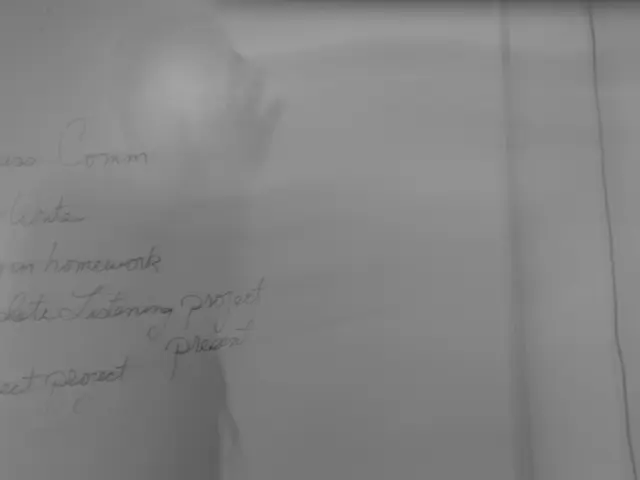Fracking Breakdown: Advantages, Drawbacks, and Financial Implications
Fracking, or hydraulic fracturing, is a technique used in oil and gas production that involves forcing large volumes of water and chemicals into the ground. This process has been associated with a series of environmental and public health concerns.
One of the primary environmental issues is groundwater contamination. Fracking fluids, along with shale gases and chemicals, can seep into the water table, potentially introducing toxic and carcinogenic substances such as hydrochloric acid, petroleum distillates, and methanol into drinking water sources.
Another concern is increased greenhouse gas emissions, particularly methane, which contributes significantly more to global warming per unit than coal. This exacerbates climate change.
Induced earthquakes are another issue, mainly linked to the disposal of wastewater from fracking into deep underground wells rather than the fracturing itself.
Air pollution and health impacts are also significant. Chemical exposures near fracking sites can harm respiratory health, cause dizziness, nausea, and suspected birth defects, and adversely affect mental health and stress levels in nearby populations, including those planning pregnancies.
High water usage and wastewater disposal issues are another central concern. Fracking consumes billions of gallons of water each year, potentially affecting human consumption. This is a key reason for bans or moratoria in regions like New York State.
Social and cultural impacts on indigenous and local communities are also a concern. Fracking can disrupt traditional practices, damage ancestral lands, and affect psychological and spiritual well-being linked to the natural environment.
These concerns have led to regulatory actions, research moratoriums, and calls for bans in various jurisdictions, reflecting substantial environmental and public health risks associated with fracking.
On a positive note, the increased supply of fossil fuels due to fracking has decreased U.S. reliance on imported oil and gas, making the U.S. a net exporter of fossil fuels. However, the environmental and public health risks associated with fracking remain a significant issue that requires ongoing attention and regulation.
References:
- Howarth, R. W., Ingraffea, A., & Engelder, T. (2011). Methane and the greenhouse gas footprint of natural gas from shale formations. Climatic Change, 106(3-4), 519–537.
- Jackson, R. B., & Amann, M. (2013). Hydraulic fracturing and its impact on water resources: A review. Journal of Water Resource and Protection, 5(8), 730–741.
- Rosner, B., & Markowitz, G. (2013). Unconventional oil and gas drilling and public health: A review of the literature. Journal of Public Health, 35(1), e1–e11.
- Hays, J. M., & McCoy, D. B. (2013). Air pollution from unconventional oil and gas development: A review of the scientific evidence. Environmental Health Perspectives, 121(10), 1359–1367.
- Kempton, W., Kraemer, K. G., & Shapiro, C. N. (2014). Social and environmental justice issues related to unconventional oil and gas development. Journal of Environmental Studies and Sciences, 4(4), 366–374.
- The environmental science community has raised concerns over the potential contamination of groundwater due to the chemicals used in fracking, which could introduce toxic substances like hydrochloric acid and methanol into drinking water sources.
- Climate change is another issue associated with fracking, as the process contributes significantly to greenhouse gas emissions, particularly methane, which has a greater impact on global warming per unit than coal.
- Financial institutions and the energy industry are increasingly recognizing the environmental and health risks associated with fracking, leading to calls for stricter regulations and even bans in certain jurisdictions.
- The extractive nature of fracking, which involves consuming vast quantities of water and producing large volumes of wastewater, raises important questions about its long-term environmental sustainability and the impact on the industry's bottom line.




